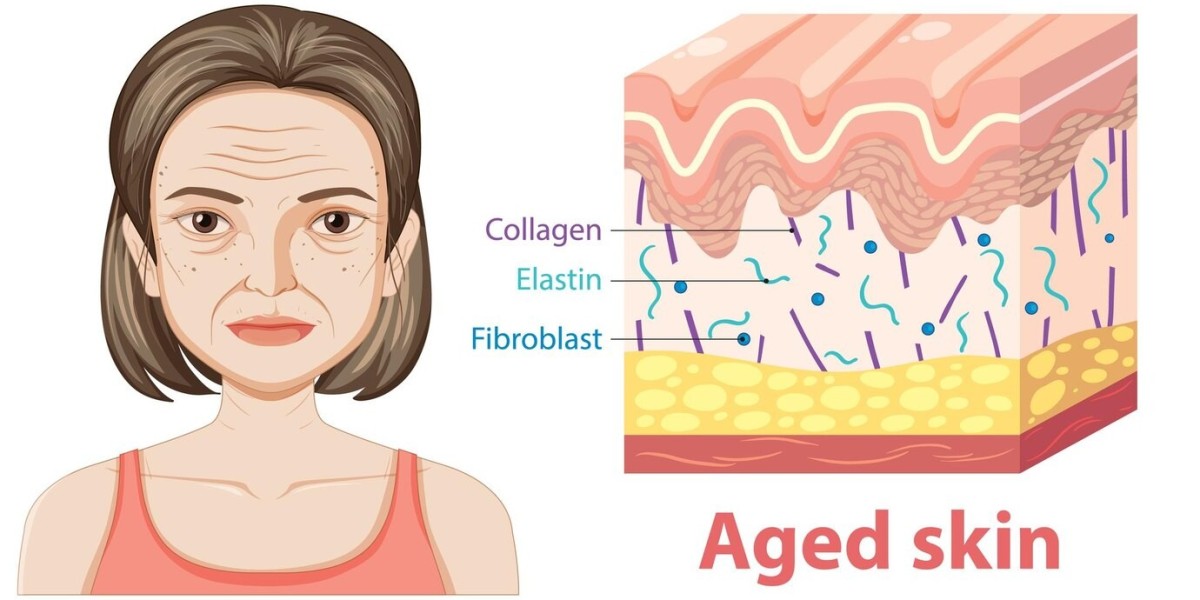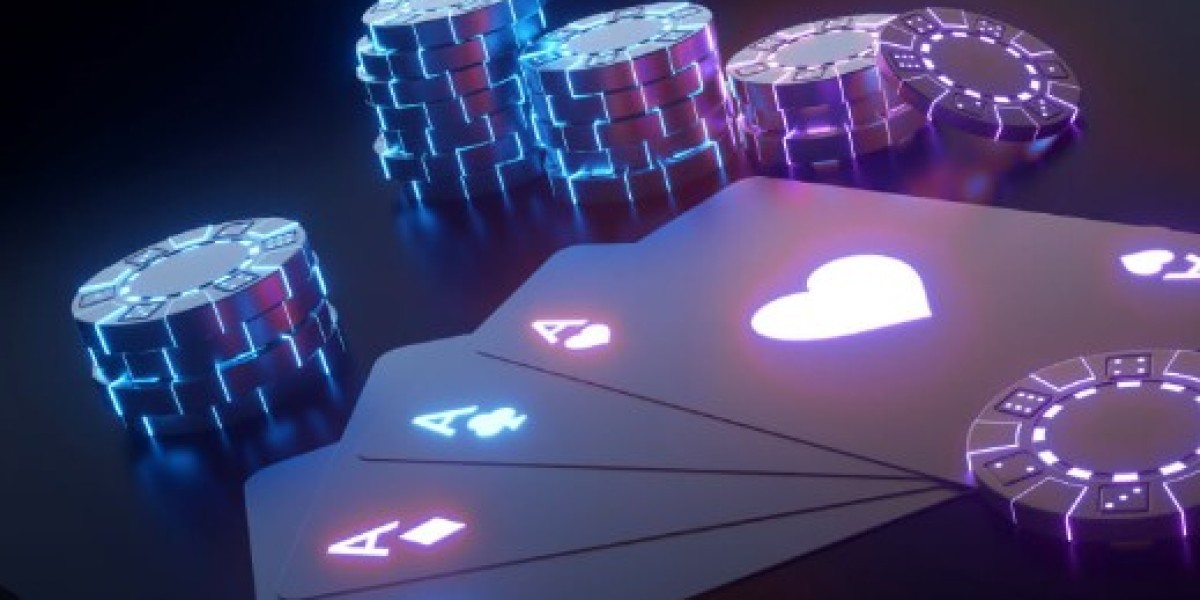Burn injuries can be devastating, both physically and emotionally. Depending on the severity of the burns, treatment options can vary. One of the most effective methods for managing severe burn injuries is through skin grafts. This procedure plays a crucial role in the healing process, particularly for deep and extensive burns. This article will explore the top reasons why skin grafts are essential in burn treatment, how they aid in recovery, and what makes them a critical component of burn care.
What Are Skin Grafts?
A skin graft involves taking healthy skin from one area of the body (donor site) and transplanting it to a damaged area (recipient site) that has been affected by burns. This procedure is usually performed when the body cannot naturally regenerate the damaged skin due to the severity of the burns. Skin grafts help in covering the injured area, promoting healing, and reducing the risk of complications.
1. Speed Up the Healing Process
One of the primary reasons skin grafts are essential in burn treatment is that they significantly accelerate the healing process. When a burn wound is deep or large, natural skin regeneration may not be possible or could take an extended period. Skin grafts provide an immediate cover for the damaged area, which helps in reducing fluid loss, protecting against infections, and enabling faster recovery. The sooner a wound heals, the lesser the chances of severe scarring and other long-term complications.
2. Reduce Risk of Infection
Burn wounds are highly susceptible to infections due to the loss of the skin's protective barrier. Open wounds create an environment where bacteria and other harmful microorganisms can thrive. Skin grafts act as a barrier, covering the damaged tissue and reducing the risk of infections. By limiting exposure to the external environment, skin grafts create a safer environment for the healing process and minimize the chances of sepsis or other life-threatening conditions.
3. Minimize Scarring and Improve Aesthetic Outcomes
Scarring is one of the significant concerns for patients with burn injuries. Deep burns often result in extensive scarring, which can lead to physical and psychological distress. Skin grafts help in minimizing scarring by providing the wound with the necessary tissue to heal properly. By covering the injured area with healthy skin, grafts facilitate more natural-looking healing, reducing the chances of severe disfigurement. This improved aesthetic outcome can have a positive impact on the patient's self-esteem and quality of life.
4. Restore Skin Function
The skin is the body's largest organ, serving multiple functions, including temperature regulation, fluid retention, and protection from external threats. When burns damage a significant portion of the skin, these essential functions are compromised. Skin grafts restore the protective and regulatory functions of the skin, preventing fluid loss, maintaining body temperature, and shielding the body from harmful external factors. This restoration is particularly important for large or deep burns, where natural skin regeneration may not suffice.
5. Reduce Pain and Discomfort
Burn wounds can be excruciatingly painful. Exposed nerve endings, inflammation, and infection can cause significant discomfort to the patient. By covering the burn area with a skin graft, the exposed nerves are protected, and inflammation is reduced. This not only alleviates pain but also enhances the patient’s comfort during the recovery process. Additionally, since grafts accelerate wound healing, patients experience relief from pain more quickly than they would with traditional wound care methods.
6. Support Extensive Burns That Cannot Heal Naturally
For patients with extensive burns, particularly those covering large portions of the body, natural healing may not be possible. The body can only regenerate a limited amount of skin, and when burns are too extensive, skin grafts become a vital intervention. They provide a means to cover large burn areas, promote healing, and prevent further damage to the body. Without skin grafts, patients with extensive burns face a higher risk of severe complications, including prolonged hospital stays, multiple surgeries, and even death.
7. Enable Early Mobilization and Rehabilitation
After a severe burn injury, early mobilization is crucial for preventing joint stiffness, muscle atrophy, and other complications related to prolonged immobility. Skin grafts help facilitate early rehabilitation by covering the wounds and reducing pain, allowing patients to start physical therapy sooner. Early mobilization enhances the overall recovery process and contributes to better long-term outcomes, including the preservation of joint function and muscle strength.
8. Enhance Psychological Recovery
Severe burns not only take a physical toll on the body but also affect a patient's mental and emotional well-being. The appearance of extensive scarring can lead to psychological distress, anxiety, and depression. By minimizing scarring and improving the aesthetic outcome, skin grafts contribute to the patient's psychological recovery. Patients are more likely to regain confidence and feel comfortable in social settings, helping them resume normal activities and improving their overall quality of life.
Types of Skin Grafts Used in Burn Treatment
There are two primary types of skin grafts used in burn treatment:
Split-thickness grafts: These involve taking the top layer of skin (epidermis) and a portion of the underlying dermis. They are commonly used for covering large areas and tend to heal quickly. However, they may have a higher risk of contraction and less elasticity than full-thickness grafts.
Full-thickness grafts: These include both the epidermis and the entire dermis. Full-thickness grafts are used for smaller, more visible areas, such as the face and hands, as they provide a more natural appearance and better functionality.
Conclusion
Skin grafts are a crucial component of burn treatment, offering numerous benefits that contribute to the patient's physical and psychological recovery. By promoting faster healing, reducing the risk of infection, minimizing scarring, restoring skin function, and enhancing aesthetic outcomes, skin grafts significantly improve the quality of life for burn patients. Understanding the essential role of skin grafts in burn care can help patients and caregivers make informed decisions about treatment options, ultimately leading to better recovery outcomes.








